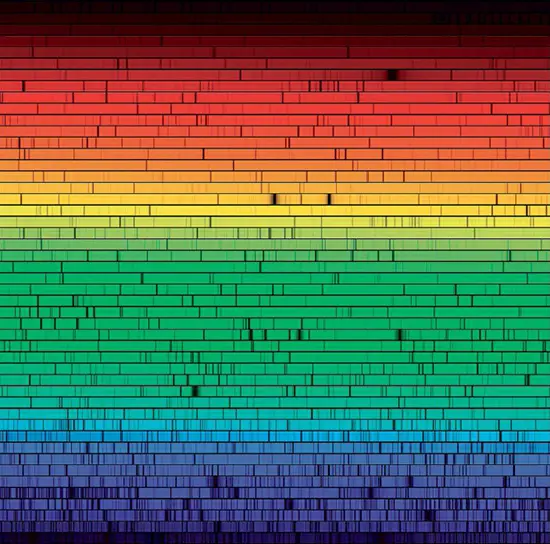Isaac Newton’s groundbreaking experiments in 1672 revealed that sunlight comprises various colors, leading to the discovery of the solar spectrum. This insight was further explored by William Hyde Wollaston, who identified mysterious dark lines in the spectrum in 1802. However, the true understanding of these spectral lines came with Joseph von Fraunhofer’s invention of the spectroscope in 1814, allowing detailed examination of over five hundred dark lines, now known as Fraunhofer lines.
Fraunhofer’s work, particularly his high-resolution spectroscope using a diffraction grating, laid the foundation for stellar spectroscopy, unveiling that stars like Sirius also exhibit unique spectral lines. By the mid-nineteenth century, scientists replicated these spectral lines in labs, attributing them to specific atomic elements absorbing particular wavelengths of light. This discovery established spectroscopy as a vital tool for analyzing the atomic and molecular composition of distant celestial bodies, revolutionizing the field of astronomy and enabling the study of planetary atmospheres, stars, and nebulae without direct contact.
Today, spectroscopy remains a cornerstone of modern astronomy and planetary exploration, offering invaluable insights into the composition of the Earth and other worlds through both ground-based and space telescopes, as well as space missions.

